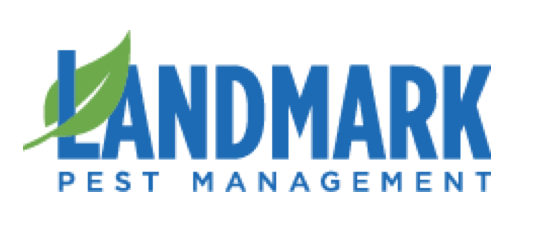Raccoons are smart, aggressive critters who can wreak havoc on your neighborhood. They may look cute and furry, but they are trouble makers that can frustrate even the most patient of homeowners. If you see a raccoon in or around your home, one or more of the following problems is sure to follow:
Damage to the outside of your home, deck, shed or garage. Raccoons are tough animals with strong claws that will stop at nothing to gain access to shelter and warmth. Check your soffits, chimney, roof, and siding for potential damage.
Damage to the inside of your home. After gaining access to the inside of your home or attic, you can expect significant damage to insulation due to feces and urine, electrical wiring from chewing and gnawing and potential staining of drywall from urine.
Exposure to disease. Raccoons and their waste are known carriers of a variety of viruses and parasites that are dangerous to humans, including rabies, parvovirus, leptospirosis and roundworm.
Given these risks, it is no wonder so many people want to know how to repel a raccoon from their property. The process of repelling wildlife from your property is not a job that you should take lightly. By following a set of professional guidelines, we are able to not only remove raccoons from your property, but give you the greatest chance of avoiding raccoon problems in the future. With 40 years of experience, we know how to repel raccoons. Below is the four step process we follow to keep raccoons far away from your home.
Start with an inspection
As much as we love the DIY work ethic of the average American household, we recommend an inspection from an experienced professional to help identify potential access points to your home. Reinforcing weak areas around chimneys and soffits is a critical first step to repel raccoons from your home.
Remove any animals who have taken up residence
In the Spring and Winter months pregnant raccoons or new moms are constantly in search of warmth to protect their babies. If we catch a female we always check to see if she is lactating. If so, her babies are sure to be nearby (maybe in your attic). Females with a nest nearby will FEROCIOUSLY defend her young. Never assume a raccoon (or other wild animal for that matter) is friendly. Call for help immediately upon spotting a raccoon on your property.
Treat the area after animals are removed
After we’ve removed any live or dead animals from your property, it’s important to treat the area. Animals leave a scent where they travel and as that scent begins to weaken over time, it actually acts as a “vacancy” sign to other animals – an indication that a nice warm spot is now available.
Seal up access points to prevent new or returning animals
Once the animal has been removed, it is important to identify every access point and seal it to prevent future access from other animals, whether raccoons or other wildlife.
As you can see, we believe correcting or preventing raccoon damage is a job best suited for a professional with the knowledge and tools available to ensure success. Even though you may know how to repel raccoons from your property, we hope you will seek professional assistance instead of taking on this risk yourself.
If you live anywhere in the greater Chicagoland area and have any questions about how to repel a raccoon from your property, please give us a call at 1-847-870-7175. One of our friendly representatives will be happy to answer any questions you may have.
Sharing is caring! If you’ve learned something from what you’ve read, please click one of the icons below to share this post on social media.
Karen Jesse is a wildlife writer and educator licensed by the Illinois Department of Natural Resources and the Illinois Department of Public Health in urban wildlife management and structural pest control. She enjoys hiking, telling people how cool skunks are, and opera.



